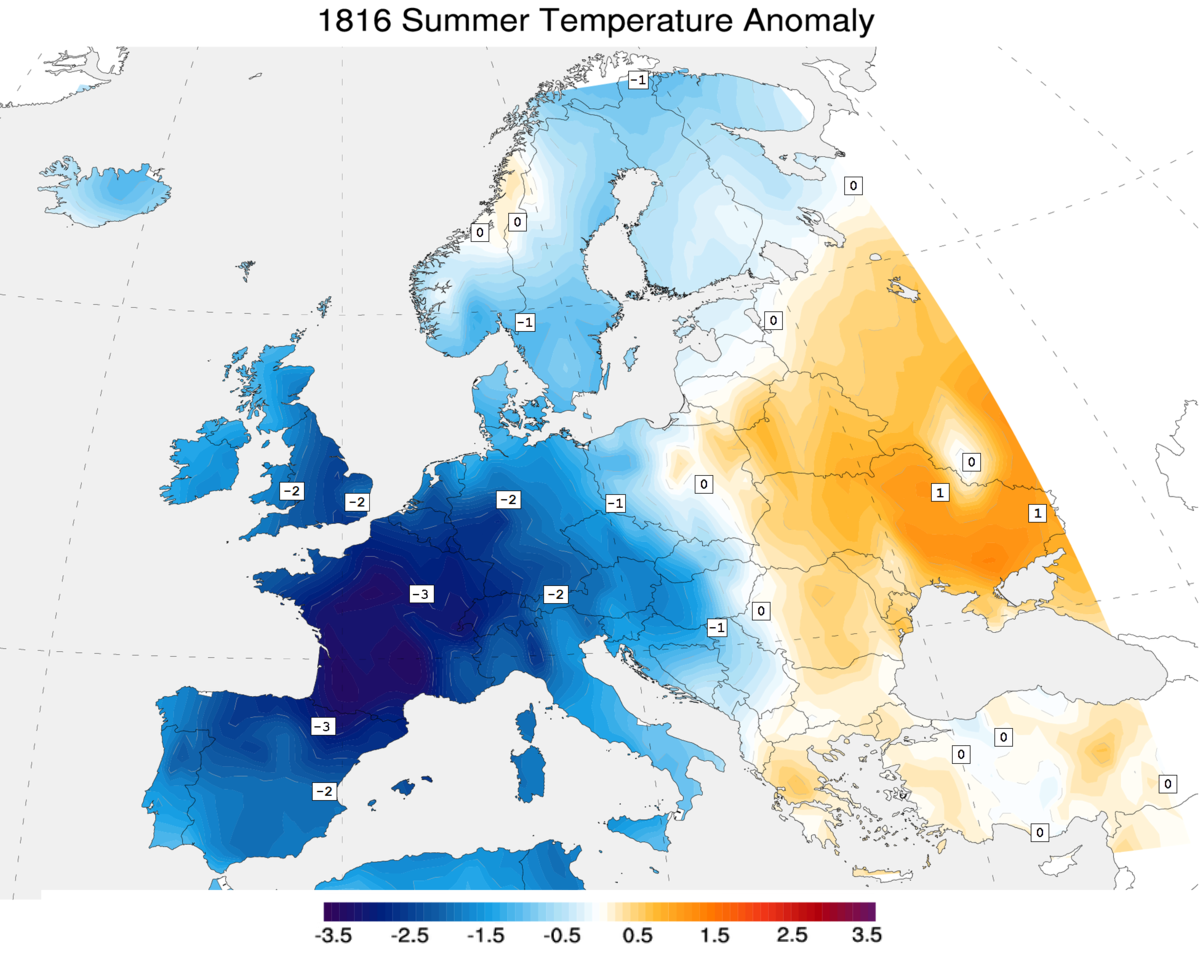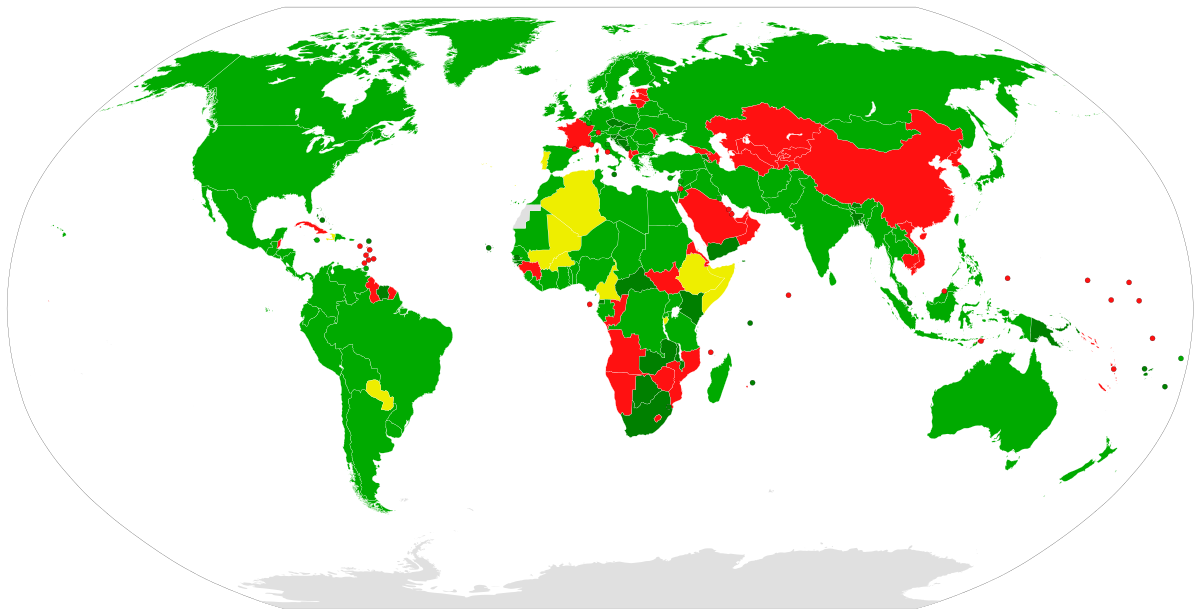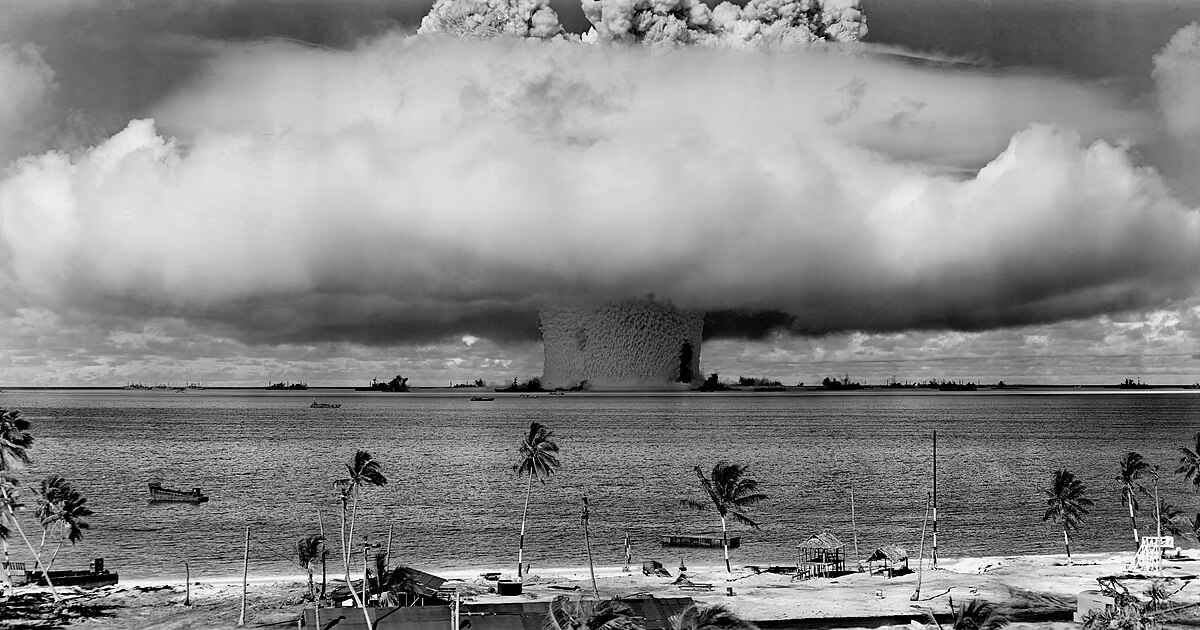SLD
Contributor
Pootey has put Russia’s nuclear forces on high alert asa result of criticism by the west of his invasion. For those of you who were not adults in the 80’s, you missed a big debate back then about such things scientifically. The general consensus was that a full fledged nuclear war would cause so many fires that the world would be plunged into a nuclear winter that would effectively wipe out mankind. I was always a bit skeptical of that claim, nor would a nuclear exchange ever involve a nation’s entire stockpile anyways. Since then, we’ve cut our stocks by about half. Still significant, but many are in storage and not deployed. Nevertheless, there is a significant number ready to go at all times. So let’s imag,one a nuclear exchange of a few either ICBM’s or SLBM’s, targeting say the ten largest cities of Russia and the United States and a concerted effort to knock out each other’s nuclear forces. For arguments sake, let’s say 500 nukes on each side go off, or 1,000 total. That may be a lot more than one would likely see in an exchange though. Each side would target silos, bombers, and submarine bases, and there’d likely be some redundant strikes against targets. Maybe though we only need a fraction of that to have the necessary impact, say 125 a piece or 250 total. Really not sure.
What would be the impact Globally?
Obviously millions would die initially in the 20 cities targeted, but what then? What would be the impact on our atmosphere? Would there really be such a huge conflagration as to wipe out agriculture and subsequently all civilization? would fallout be so bad as to utterly destroy our ability to live on the surface of the earth for years? would we lose our protective ozone layer? Could we fix that later?
I’m a bit skeptical that all human life would be wiped out. We are a surprisingly resilient species. Parts of the Southern globe wouldn’t be touched, and may come out of it largely unscathed.
The last similar catastrophe was perhaps the Chicxulub impact at the end of the Cretaceous, but is that really an accurate comparison? That wiped out all animals over 50 kilos, which would encompass most humans.
Let’s keep the answers scientific, not political!
What would be the impact Globally?
Obviously millions would die initially in the 20 cities targeted, but what then? What would be the impact on our atmosphere? Would there really be such a huge conflagration as to wipe out agriculture and subsequently all civilization? would fallout be so bad as to utterly destroy our ability to live on the surface of the earth for years? would we lose our protective ozone layer? Could we fix that later?
I’m a bit skeptical that all human life would be wiped out. We are a surprisingly resilient species. Parts of the Southern globe wouldn’t be touched, and may come out of it largely unscathed.
The last similar catastrophe was perhaps the Chicxulub impact at the end of the Cretaceous, but is that really an accurate comparison? That wiped out all animals over 50 kilos, which would encompass most humans.
Let’s keep the answers scientific, not political!




